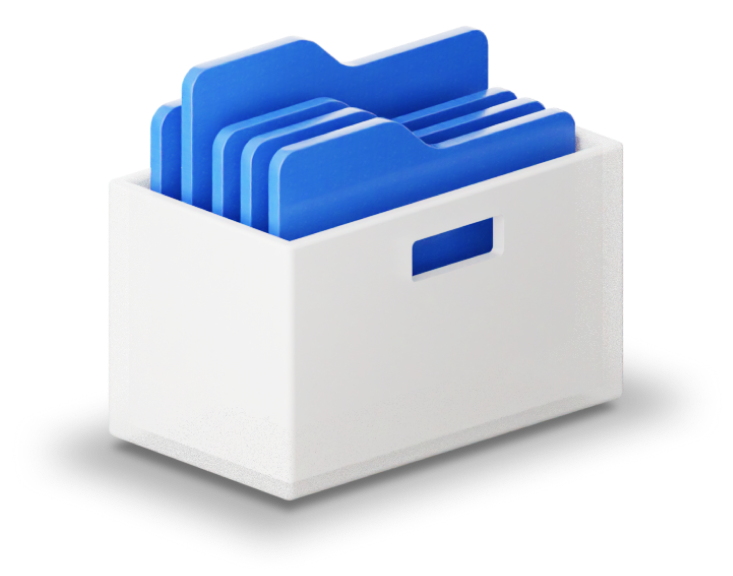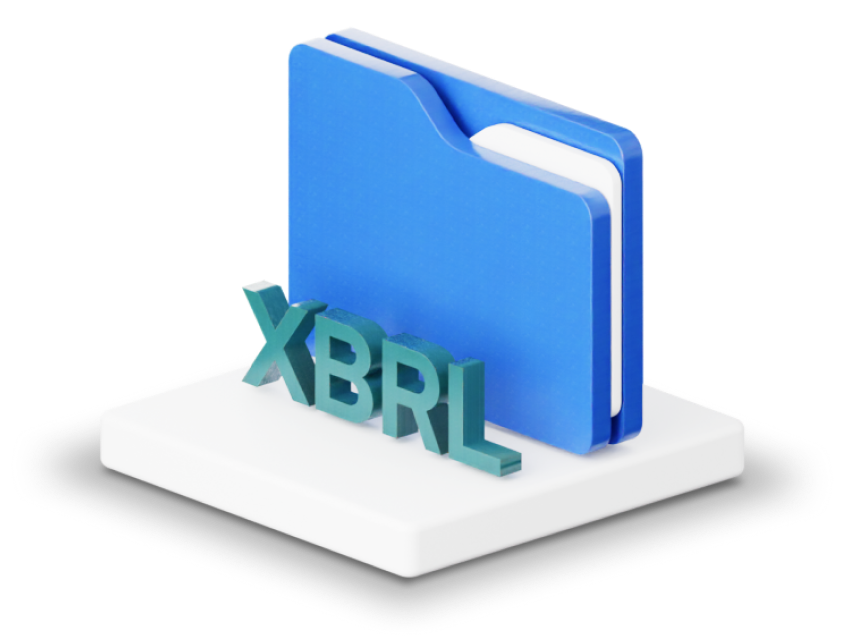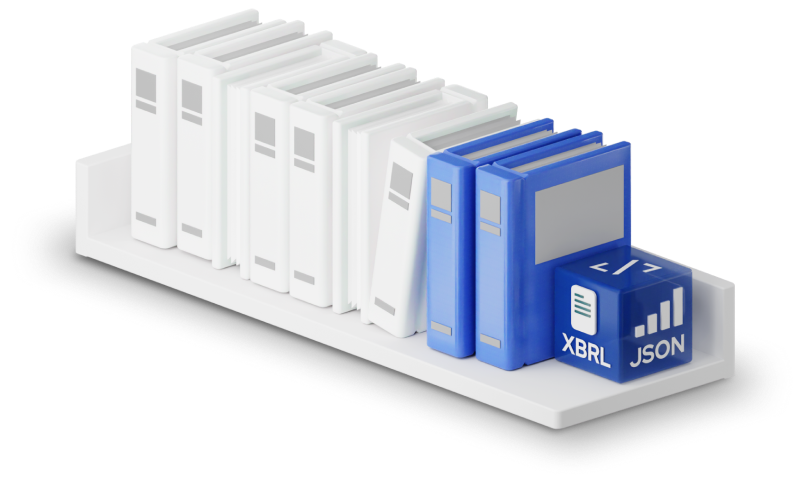GRI Sustainability Taxonomy
Bringing structure and clarity to sustainability data.

What is it?
The GRI Sustainability Taxonomy, introduced in June 2025, is a digital classification system that helps organisations structure their sustainability data in a consistent and machine-readable way. Think of it as a digital language for sustainability — making it easier to tag, link, and share the information you report in line with the GRI Standards.
Whether you’re preparing a report or integrating sustainability into your systems, the taxonomy ensures that your data speaks the same language as your stakeholders, regulators, and digital tools.

Why does it matter?
Sustainability data is only as powerful as it is usable. The GRI Taxonomy makes disclosures clearer and more comparable — helping organisations, investors, and regulators see the bigger picture.
For companies, it reduces manual work and improves the quality of data. For those reading reports, it means easier access to trusted information.
How it works
The taxonomy turns the GRI Standards into a structured data model using XBRL (eXtensible Business Reporting Language). It’s designed to tag disclosures across all GRI modules — from your general reporting profile to material topics, sector specifics, and impact metrics.
You can:
- Tag data directly in your reporting system
- Validate information to avoid errors
- Export in formats like XML, XBRL, and JSON
And yes — it works behind the scenes, so your reports remain human-readable while machines make sense of them too.
Learn how to implement it
GRI Sustainability Taxonomy Library:


Need a hand? We’ve got you.
At Generation Impact Global, we help organisations bring their sustainability reporting to life and into code.
From technical setup to tagging guidance, validations, and data formatting, we support companies that want to unlock the full potential of digital GRI reporting.
Contact us for further details